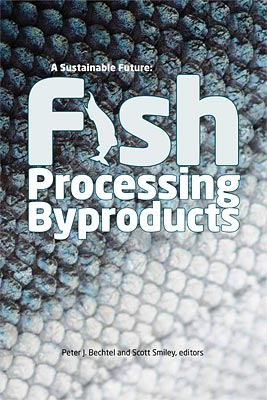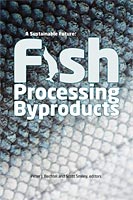
Characterization of dried heads from five Pacific salmon species, dried at different temperatures
S. Smiley, N. Demir, A.C.M. Oliveira, and P.J. Bechtel
- Price: $1.50
 This is part of A Sustainable Future: Fish Processing Byproducts
This is part of A Sustainable Future: Fish Processing Byproducts| Format | Price | |
|---|---|---|
| PDF download [189.1 KB] | $1.50 | Add to Cart |
Description
In many cultures, fish heads are a preferred part of a traditional diet; however, this is not the case in North America or northern Europe. In Alaska, heads are removed from the fish in processing and are a major component of the waste stream with ~65,000 t produced per year. These heads are generated from human food processing lines and, therefore, can be used for the manufacture of human grade food products.
Our objective was to evaluate the effects of low temperature drying on the quality and chemical composition of the protein and oil from heads of five different species of wild Pacific salmon harvested in Alaska. Heads from each of the species were processed and dried at 40ºC or 77ºC. Temperature did not measurably affect the proximate composition, fatty acid concentrations or, for the most part, water activities of the salmon head meals. Meals dried at 40ºC had similar nutritional value, were of uniform high quality, and showed potential for commercialization as a human grade food supplement or food ingredient. The composition of the dried salmon heads provides a product with a unique and very desirable nutritional profile derived from sustainably managed fisheries.
Item details
- Item number: AK-SG-10-02e
- Year: 2010
- DOI: https://doi.org/10.4027/sffpb.2010.05



